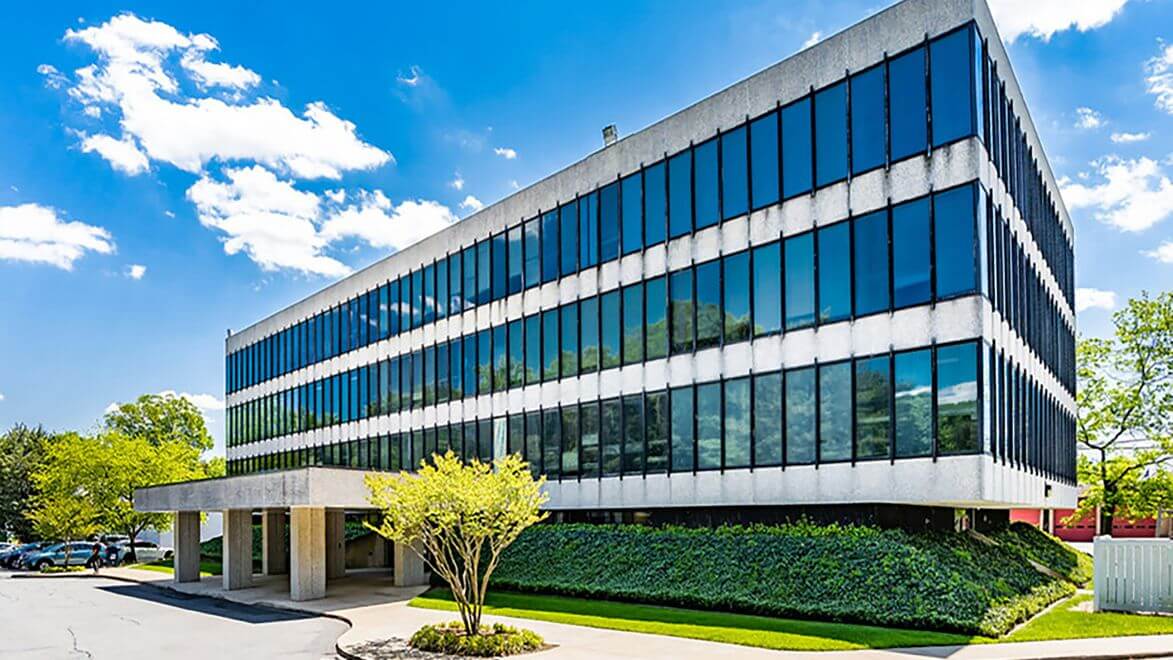Male Breast Reduction



Male Breast Reduction Explained
The procedure is tailored to each individual's needs, with the goal of achieving a balanced and aesthetically pleasing chest appearance. Male breast reduction can significantly improve self-confidence and body image for those experiencing gynecomastia.
Benefits of Breast Reduction
- Enhanced Chest Contour: Gynecomastia surgery creates a more masculine and contoured chest appearance, alleviating the appearance of enlarged breasts.
- Boost in Self-Confidence: By achieving a more proportionate and aesthetically pleasing chest, individuals often experience increased self-confidence and a positive body image.
- Removal of Excess Tissue: The procedure removes excess fat and glandular tissue, effectively treating gynecomastia and providing a long-lasting solution.
- Improved Clothing Fit: With a flatter and more sculpted chest, individuals find that clothing fits more comfortably and confidently after the surgery.
- Psychological Well-Being: Male breast reduction can positively impact mental health, reducing feelings of self-consciousness and enhancing overall psychological well-being.
How Our Plastic Surgeons Can Help
Our experienced team is dedicated to understanding your goals and tailoring a personalized treatment plan to restore a masculine chest appearance. Regain confidence in your body with Pinnacle Dermatology. Schedule your consultation now to embark on the journey toward a more contoured and balanced chest.
Male Breast Reduction Before and After Photos
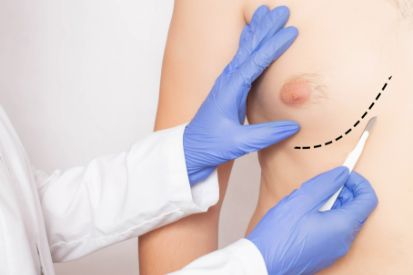
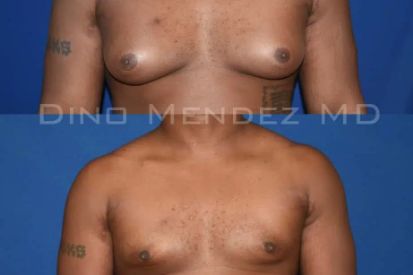
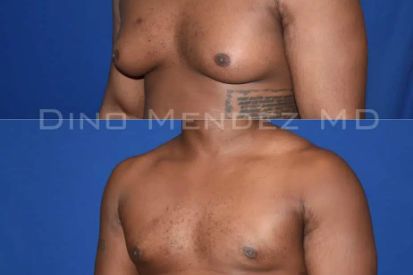

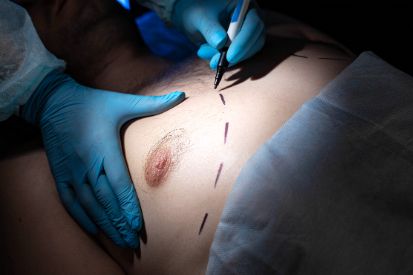
Male Breast Reduction FAQs
No, male breast reduction can be tailored to various degrees of gynecomastia, ranging from mild to severe. The procedure is customized to address individual concerns and achieve the desired chest contour.
While incisions are made during the surgery, efforts are made to keep them discreet. Incisions are often placed in areas where scars can be easily concealed, and over time, they tend to fade.
The recovery period varies, but most individuals can return to non-strenuous activities within a week. Strenuous exercise and heavy lifting should be avoided for several weeks. Full recovery may take a few weeks to a few months.
Changes in nipple sensation are uncommon, and most patients do not experience significant alterations. However, temporary numbness or hypersensitivity may occur but typically resolves over time.
The removal of excess breast tissue is usually permanent. However, maintaining a healthy lifestyle, including regular exercise and a balanced diet, can contribute to long-term results. Follow-up consultations with your surgeon will monitor your progress and address any concerns.
What to Expect at Your Breast Reduction Appointment
How to Prepare?
Planning for Recovery after Breast Reduction
Featured Blogs

- Skin Care
Calling all men! Did you know skin care is important to your overall health? Here are some tips and tricks to make it easy for you to jump in to a skincare routine.
Read More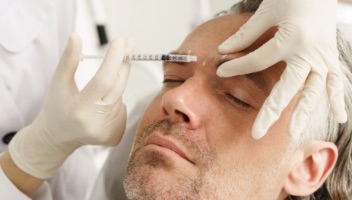
- Botox
- Cosmetic Treatments
Let's face it, we're all aging. BOTOX® can rejuvenate your face. Learn about the best locations for BOTOX® injections in this blog post.
Read More
- Skin Cancer
- Skin Exams
- Sun Safety
Skin cancer is deadly for men but doesn’t need to be, as they are more likely than women to develop and die from it. Learn how men can protect their skin and their life. Knowledge is power, so please share this information with the men you care about.
Read MoreFeatured Products
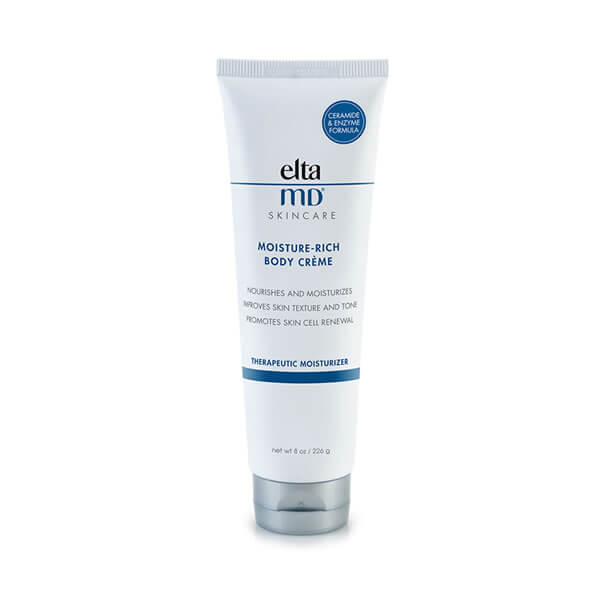
EltaMD Moisture-Rich Body Cream
EltaMD Moisture-Rich Body Crème infuses compromised and dry, flaky, sensitive skin with long-lasting moisture and essential nutrients. It is the ideal daily moisturizer to help achieve and maintain softer, smoother, healthy-looking skin.
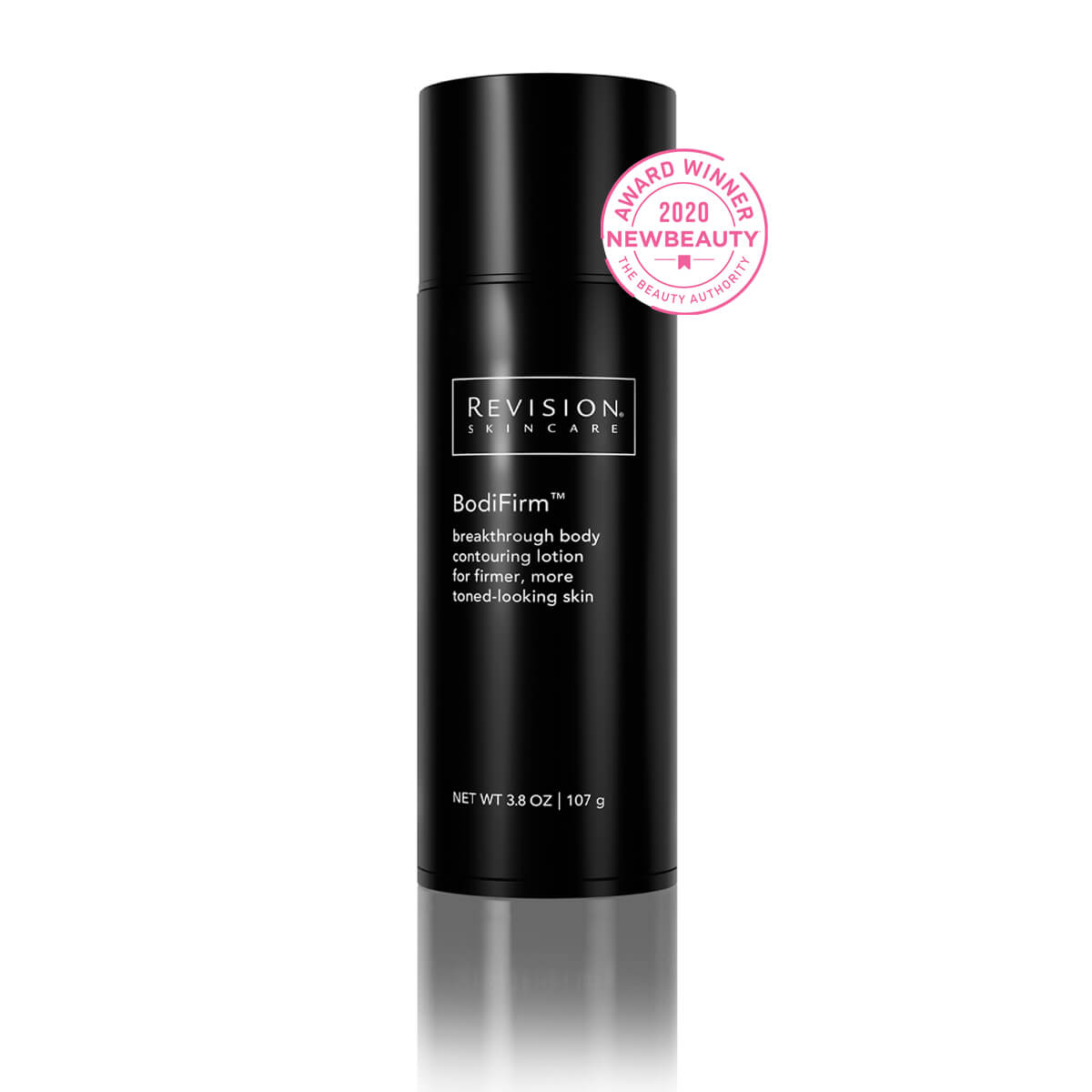
Revision BodiFirm
Because skin on the body is fundamentally different from skin on the face and décolletage, we created BodiFirm™, the first Revision Skincare product specifically formulated to address skin concerns on the body. This clinically-proven formula with patent-pending iFirm®Technology was designed to help visibly firm, tighten and lift sagging, crepey skin in order to sculpt and tone the body. NET WT 3.8 OZ | 107 g w/pump

